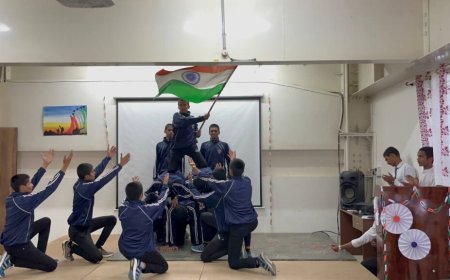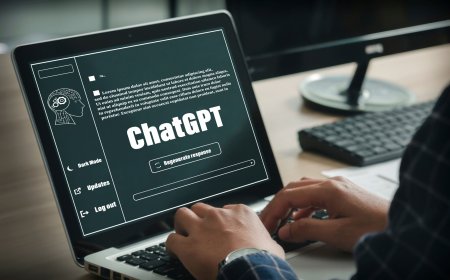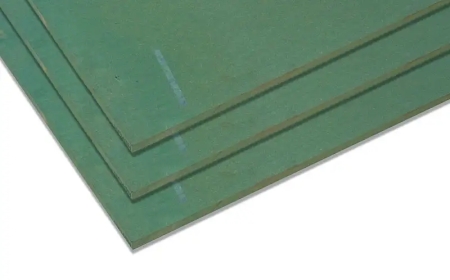Describe Who You Hope Finds Your Bottled Message and Why
Share who you dream will find your bottled message and why. Reflect on the impact your words might have when discovered across time and distance.

If you could send one heartfelt message in a bottle, drifting endlessly across oceans, carried by the rhythm of the waves and the will of the wind, who would you want to find it? What truth, experience, or wisdom would you hope to deliver across time and distance? For me, this message isnt for a stranger on a distant island or a future archaeologist digging up relics of human stories. My message is for every teacher standing in front of a classroomoverwhelmed, under-resourced, and desperately trying to reach students through the noise. My hope is that this bottled message finds its way to the hands of an educator who feels invisible, unheard, or uncertain.
Because inside this bottle, there is more than just a note. There is empathy. There is a lived experience. And more importantly, there is a secret I wish someone had shared with me sooner: that one of the most powerful tools a teacher has is silence.
Unspoken Strength of Teaching
Teaching is often seen as a profession of wordsexplaining, questioning, encouraging, correcting. But the most transformative moments in education often occur in the quiet: the eye contact that says I believe in you, the raised eyebrow that redirects a student without a word, the gentle hand placed on a desk to signal focus. My message to that teacher reading this, perhaps with a sigh after a long day, is this: you do not always need to speak to lead.
Many educators enter classrooms equipped with knowledge of curriculum, pedagogy, and behavior management strategies, but few are taught how to wield the power of presence. Thats why this message, adrift and hopeful, is anchored in a concept that changed my classroom and my sanity: nonverbal classroom management.
When I Discovered the Unspoken Language
I remember a day when I was losing control of a class. My voice was hoarse, my frustration mounting, and nothing seemed to reach them. My words were hitting walls instead of ears. Out of exhaustion more than wisdom, I stopped speaking. I stood still. I simply looked at them. And to my surprise, they looked back. It was the first time I understood that my body, my expression, my positioning in the roomall carried more authority than the endless stream of words I had been flinging.
That day, I began a silent experiment. I replaced shouts with signals, directions with gestures, and corrections with proximity. And gradually, almost imperceptibly, the energy in the room shifted. Students were more attentive, less defensive. I was calmer. We all breathed a little easier.
Message I Hope Reaches You
To the teacher who finds this bottled message, maybe across years or continents or in the form of a shared post online, I want you to know that managing a classroom doesnt mean dominating it. It means orchestrating it. And like any skilled conductor, you dont always need to speak to lead the symphony.
Incorporating strategies like facial expressions, visual cues, hand signals, and movement can replace a significant portion of verbal redirection, saving your voice and your energy. For example, a simple raised hand can be a universal sign for silence. A consistent countdown with fingers, rather than voice, gives students a non-threatening cue to transition. Even seating position, eye contact, and posture become powerful tools when used with intention.
In my journey, learning to rely on non-verbal techniques helped me reconnect with the joy of teaching. It allowed me to model emotional regulation. It empowered students to read context and tone without confrontation. And most importantly, it gave me room to breathe, to observe, and to teach with less tension and more connection.
Art of Silence in a Noisy World
We live in a world overflowing with noiseliteral and metaphorical. Children, especially, are bombarded by messages, stimuli, screens, and sounds. It is no wonder they sometimes struggle to filter the important from the irrelevant. When a teacher uses silence, stillness, and gesture intentionally, it can cut through that noise more effectively than shouting ever could.
Many assume that silence is passive, or worse, weak. But silence, when chosen rather than forced, is active. It commands attention. It centers energy. It invites thought. In the context of education, silence can be a form of respect, a signal of confidence, and a powerful pause that allows students to reflect rather than react.
It is this philosophy that lies at the heart of non-verbal classroom managementthe idea that our bodies speak volumes and that managing behavior doesn't have to mean escalating it. Rather than reacting to disruptions, non-verbal techniques allow teachers to proactively guide behavior with dignity and calm. For a student used to confrontation, a silent gesture can defuse a storm before it begins.
Why It Matters More Than Ever
In post-pandemic classrooms, where trauma, attention issues, and emotional dysregulation have increased, the traditional call-and-response model of discipline often falls short. Students need regulation, not reprimands. They need modeling, not lectures. And teachers need strategies that dont drain their emotional reserves.
Nonverbal classroom management isn't just efficientits empathetic. It honors neurodivergence. It respects cultural differences. It avoids public shaming. And it empowers students to become more self-aware, rather than simply more obedient.
The message in this bottle is a whisper in a world of shouting: you dont have to yell to be heard. You dont have to punish to command respect. You dont have to speak to teach.
Who I Hope Finds This Message
I hope a first-year teacher finds this message before burnout sets in.
I hope a veteran teacher finds it and realizes theres still room to grow.
I hope a substitute finds it and gains the tools to thrive in unfamiliar rooms.
I hope a special education teacher finds it and sees how non-verbal cues can bridge gaps where words fail.
I hope every teacher who has ever walked away from their classroom wondering if theyre cut out for this finds this message and knows they are.
What they need isnt louder strategies. Its a smarter one.
Final Word
The next time you stand before your class, remember: you are the message. Your presence, your posture, and your pause matter. Let your teaching flow not just from your mouth, but from your whole being. There is power in the unsaid. And in a profession where so much isdemanded, sometimes the quietest shift can be the most revolutionary.





































